Hand-tool buyer’s guide
Use two decades of tool tests to compile your hand-tool kit, and you won't go wrong.
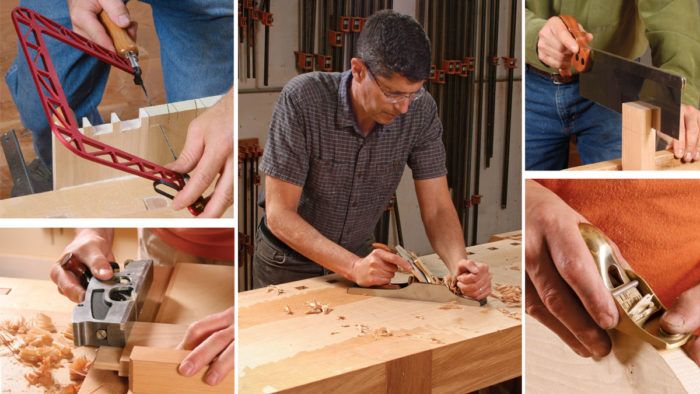
Synopsis: We’ve been conducting real-world tests on the best hand tools for decades now, long before the explosion in hand-tool appreciation of the past few years. From combination squares to handsaws to bench chisels and waterstones, we survey the hand tools that got the best reviews in head-to-head tests over the past 20 years. Use these to compile your tool kit, and you won’t go wrong.
Whether you’re trimming machine-cut tenons for a perfect fit, leveling one surface to another, planing decorative chamfers, or squaring up a router-cut corner, you can count on hand tools to do the job quickly and efficiently. They’ll also do it quietly.
Appreciation for the peacefulness and pleasure of handwork has grown markedly in recent years, fueling an explosion of products, from handmade collector’s items to excellent factory-made options. But with so many options available, it can be hard to know where to start. Luckily, Fine Woodworking has been conducting real-world tests on the best hand tools for decades now, with the help of a small group of trusted, independent experts.
In this article, I’ve compiled a list of the tools that came out on top in our tests in each essential hand-tool category. Whether you’re at the beginning of your hand-tool journey, or are looking to make a long-awaited purchase, you can rely on these recommendations to find excellent tools that will soon become trusted friends.
| GOOD VALUE: In addition to presenting the best tools in each category, we’ve also included, where appropriate, a less expensive option that, while it may not quite measure up to the winners, represents a good value for woodworkers on a tighter budget. |
Measuring and marking
For hand-tool work especially, success starts with accurate layout. There are lots of measuring and marking tools out there, but sliding squares, marking knives, and marking gauges are must-haves. Here are the best we found.
Squares
Phillip C. Lowe tested his two favorite types of squares: the indispensable 12-in. combination square, used for everything from measuring and marking to setting up machines accurately; and the handy 4-in. double square, which fits in your apron pocket and is easier to handle for smaller tasks. After trying out 61 products, he favored Starrett and PEC for both types.
Best Overall - Combination Square
Starrett 12-in. combination square
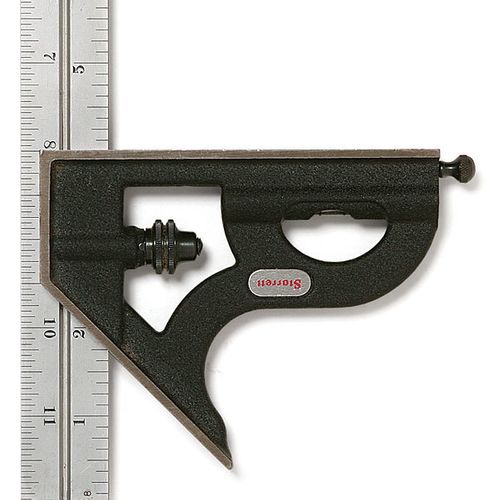
Marking knives
As Steve Latta said in his review, “Marking out with a knife instead of a pencil means that you care about the details. A good marking knife will do a number of things well. It will cut wood fibers cleanly, leaving a narrow, crisply defined line, easily visible and deep enough to anchor a chisel. The blade will fit into tight spaces and the tool will be easy to hold in a pencil-style grip.”
Marking gauges
Marking gauges do one thing very well: mark a line parallel to an edge. To narrow a crowded field, Jeff Miller looked at cutting gauges only—those that use a knife or a sharpened wheel to cut clean lines in any direction—and eliminated pin-style gauges, which tend to tear the wood when used across the grain.
Handplanes
There’s an overwhelming array of handplanes on the market, for everything from smoothing boards and trimming joints to shaping moldings. The best come ready to make fluffy shavings, save for a quick sharpening. Sharpening is easy too. Thanks to blades with dead-flat backs, they need only a light polish before you hone the bevel.
Low-angle block planes
These planes are effective on both end grain and long grain, more comfortable in the hand, and less prone to chatter than higher-angle, standard block planes, making them the obvious choice if you’re buying just one. As Mario Rodriguez pointed out in his review, a block plane’s small size makes it easy to control on an assembled piece, say for chamfering a table edge, and well-suited for jobs like removing machine marks from the edges and ends of a board, planing curved edges, and trimming joinery flush.
Editor recommended block plane
Lie-Nielsen No. 102 Low Angle Block Plane
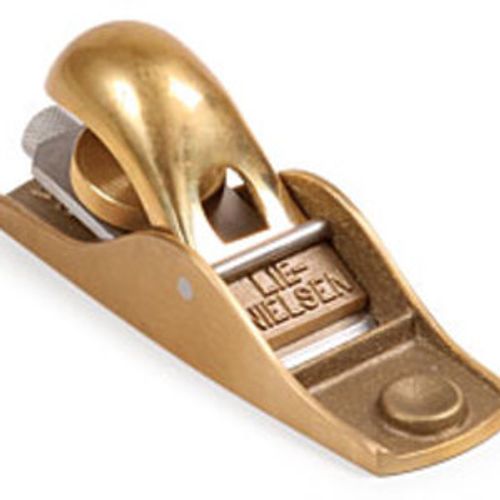
Jack planes
If you can afford only one bench plane to start with, Jeff Miller recommends the versatile jack plane, which handles smoothing, but can also be used for the flattening and straightening tasks often reserved for the longer planes. While the standard versions are easier for beginners to adjust and handle, the bevel-up blade orientation in low-angle jacks (bottom row) lets you alter the cutting angle by resharpening.
Smoothing planes
As Chris Gochnour said in his test, “Properly tuned and sharpened, a smoothing plane can leave a pristine finish on almost any board. Yet it is still compact enough to be ideal for general planing jobs like fitting and trimming parts.” Because so much rides on the finished surface, quality means everything with this purchase. All three of our recommendations will deliver flawless results, and all allow mouth adjustments without removing the blade, a big plus.
Planes for tuning tenons
Gochnour looked at both shoulder planes and rabbet block planes, the two types of specialty planes he uses for fine-tuning tenons off the tablesaw. While some woodworkers use the shoulder plane on tenon cheeks as well as on shoulders, many turn to the wider rabbet block plane to shave thin, precise layers off the cheeks. Both tools excel at cutting into corners, but used in tandem they fit traditional tenons to perfection.
Handsaws
Every woodworker needs a good handsaw or two to make quick, precise cuts on parts that power tools can’t easily handle. Dovetail saws are essential for their namesake joint, but they do a lot more. All-purpose backsaws, useful for a range of joinery, are even more versatile than dovetail saws. Then there’s the coping saw, which excels at handling curves. And Japanese saws, which cut on the pull stroke, deliver speed, accuracy, and a thin kerf.
All-purpose backsawsAlso known as carcase saws, these larger joinery saws can do it all, making them a great first handsaw for beginners, and a big-joinery specialist for those with a dovetail saw already. These are Western-style saws, which cut on the push stroke, with a thick spine down the back for stiffness. Of his four favorites, Gochnour said, “They were sharpened extremely well, so they started easily, cut fast, and tracked perfectly. They also performed well on both rip- and crosscuts.” |
Japanese-style sawsA fair number of woodworkers prefer Japanese-style handsaws, which cut on the pull stroke. They start much easier than push saws, cut faster, and very seldom bind. And they are much less expensive than Western saws. While most can’t be resharpened, when their hardened, razor-sharp teeth finally dull after years of use, it won’t cost you much to replace them—just the blade, or the whole saw. Charles Durfee recommends that if you only want to cut dovetails, then buy a ripsaw. For both ripping and crosscutting, the Dozuki “Z” crosscut saw is the best buy. |
Western-style dovetail saws
When Gochnour tested these Western-style dovetail specialists, he invited seven skilled friends to help him narrow a wide field of saws to those that work well for all sorts of people. They are available at prices for every budget. While precise dovetail cuts were a great test for these tools, all four of his favorites will do a lot more than dovetails, from trimming parts to length to cutting quick, accurate miters.
Coping saws
As Gochnour said, “Coping saws can be used to remove waste in joinery, make cope cuts on molding, and saw tight curves of all kinds. Motorized bandsaws and scrollsaws perform similar tasks, but require the workpiece to be brought to the tool, a task that can be difficult, awkward, or even impossible…This makes the coping saw an indispensable tool in the woodshop.”
Bench chisels
This general-purpose tool is suitable for a broad range of tasks, including dovetailing and mortise-and-tenoning, paring pegs flush, installing hinges, chamfering edges, and even cleaning up glue squeeze-out. They can be driven with a mallet, or used two-handed for controlled paring cuts, and work equally well with hard or soft wood. Popular sizes start at 1⁄4 in., so that’s where our prices start too.
Sharpening
For a hand tool to perform well, it has to be sharp. A set of waterstones and a honing guide make it fast and simple to get razor sharp and back to work.
Waterstones
As Gochnour said in his test, “there’s no doubt in my mind that waterstones are the best choice for honing chisels and handplane blades. They produce a fine polish quickly, and are more durable and less expensive (in the long run) than sandpaper.” Prices are based on the 800- or 1,000-grit stone, and go up for finer grits.
Honing guides
We finish with yet another tool test from Gochnour. “While some may prefer to sharpen freehand, I’m a big proponent of honing guides, and I recommend one for anyone looking to get sharp edges,” Gochnour said. There are excellent honing guides for all budgets.
Asa Christiana is a woodworker, editor, and writer in Portland, Ore.
From Fine Woodworking #286
To view the entire article, please click the View PDF button below.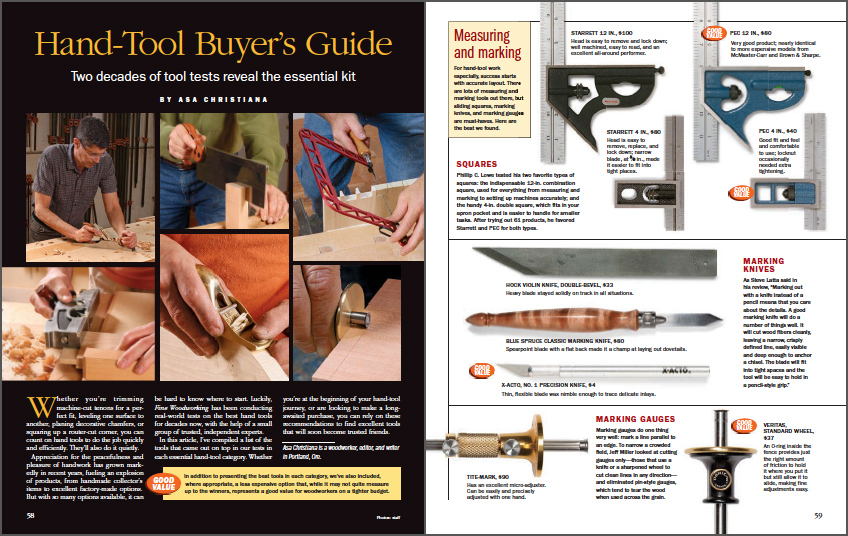
For more information, check out the full review articles below:
- Tool Test: Squares by Philip C. Lowe – FWW issue #229
- Tool Test: Marking Knives by Steve Latta – FWW issue #198
- Tool Test: Marking Gauges by Jeff Miller – FWW issue #266
- Sliding Bevels by Steve Latta – FWW issue #170
- Tool Test: Block Planes by Mario Rodriguez – FWW issue #228
- Smoothing Planes by Chris Gochnour – FWW issue #219
- The Jack of All Planes by Jeff Miller – FWW issue #250
- Dovetail Saws: The Cream of the Crop by Chris Gochnour – FWW issue #264
- Japanese-Style Dovetail Saws by Charles Durfee – FWW issue #188
- Choosing and Using Spokeshaves by Chris Gochnour – FWW issue #185
- Tool Test: Waterstones by Chris Gochnour – FWW issue #224
- Tool Test: Honing Guides by Chris Gochnour 274
WoodRiver Bevel Edge Socket Chisel Set
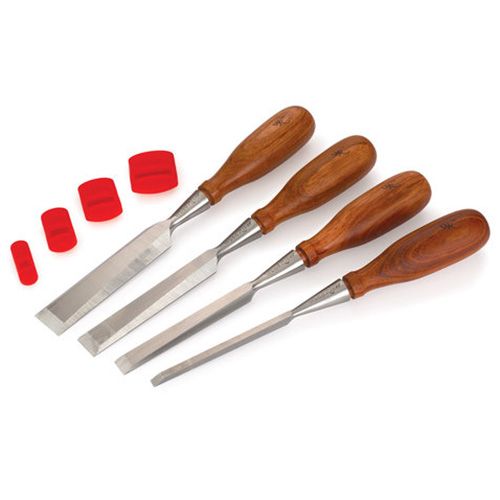


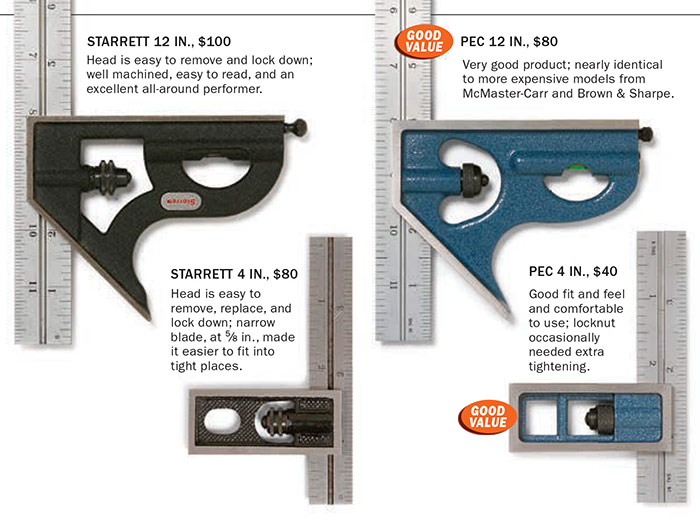
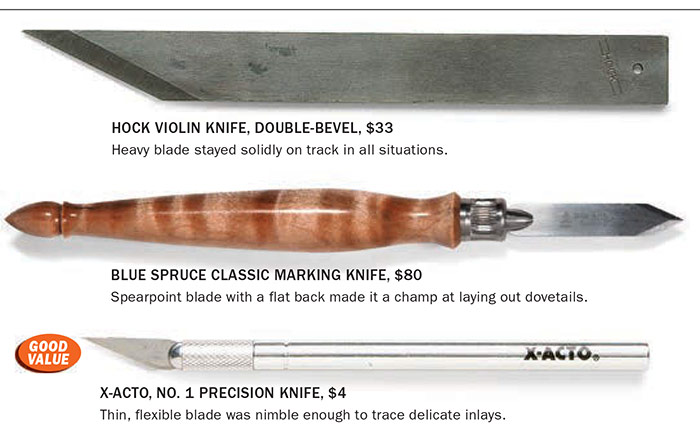
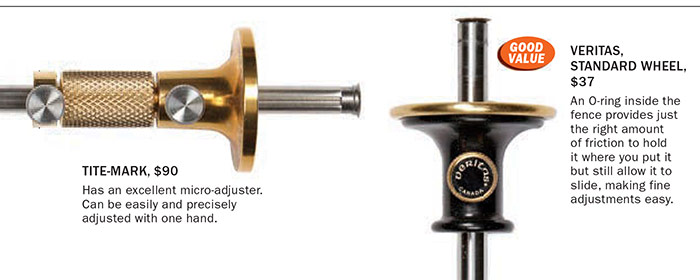
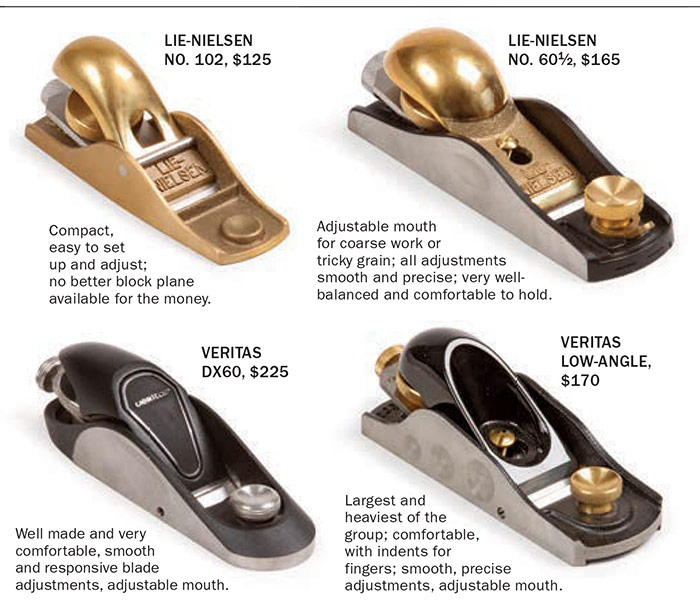

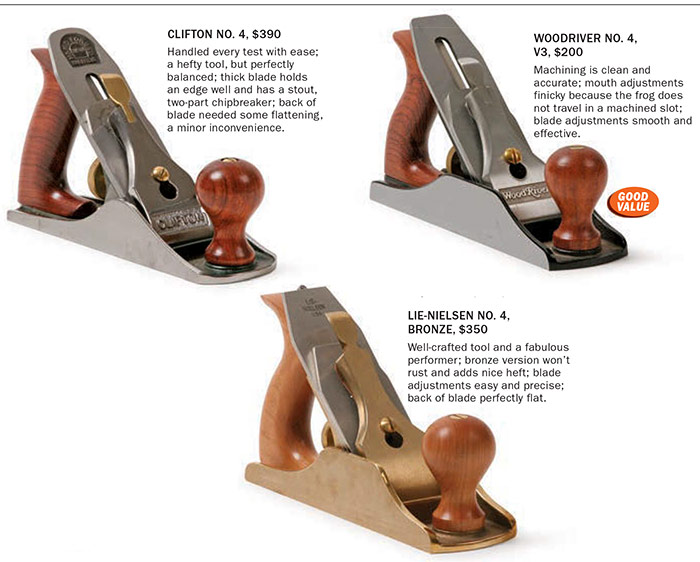
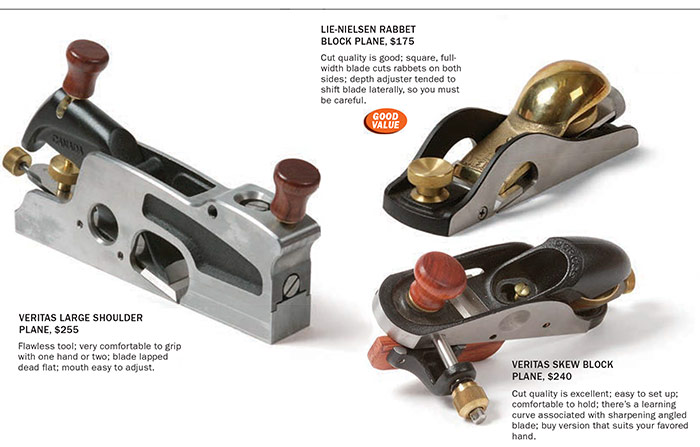
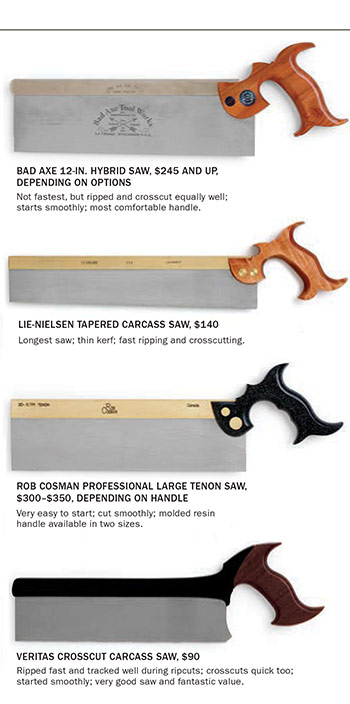
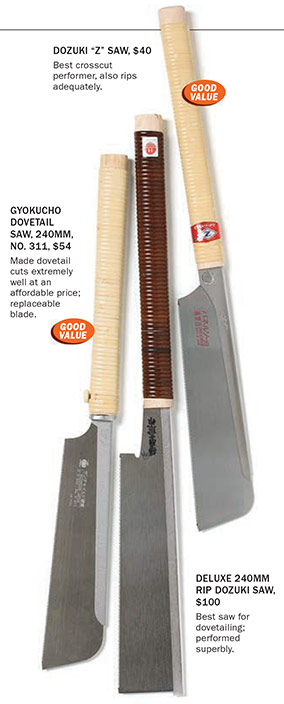
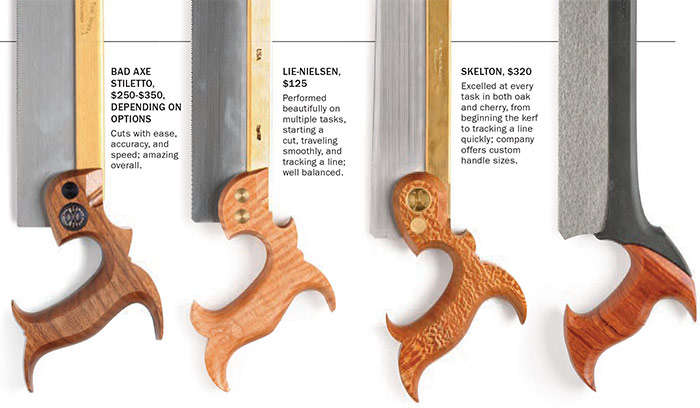
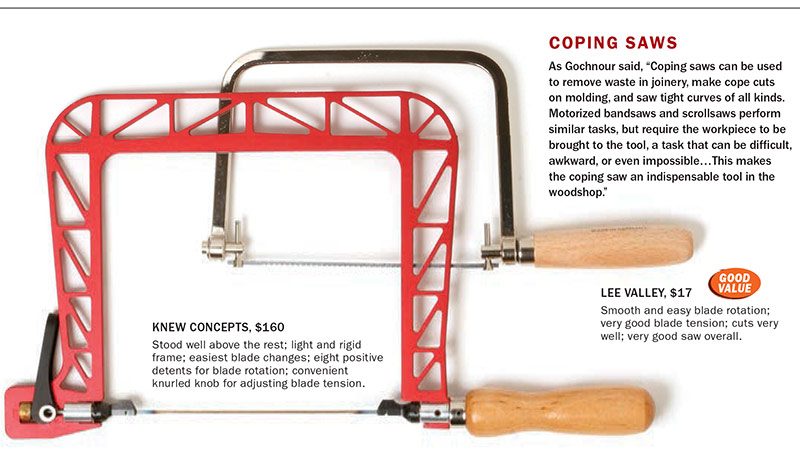
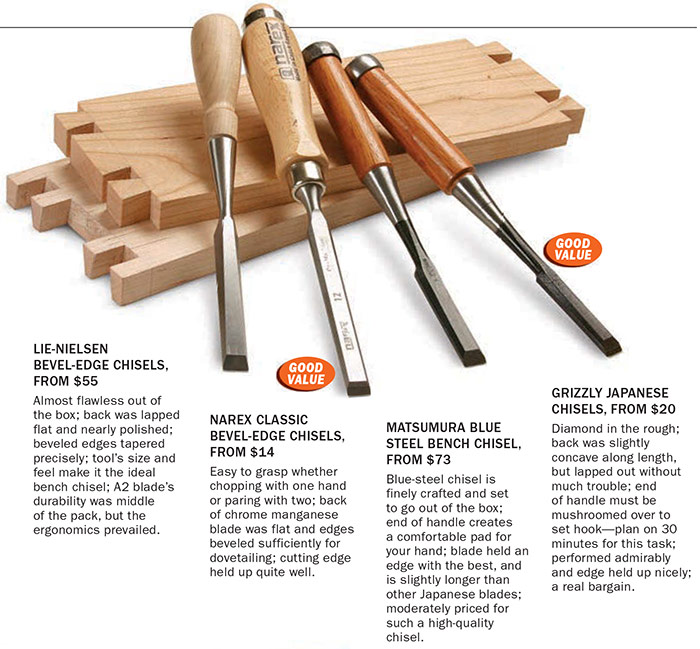
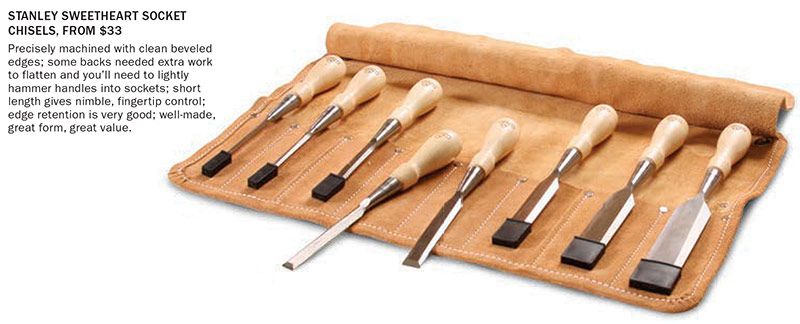
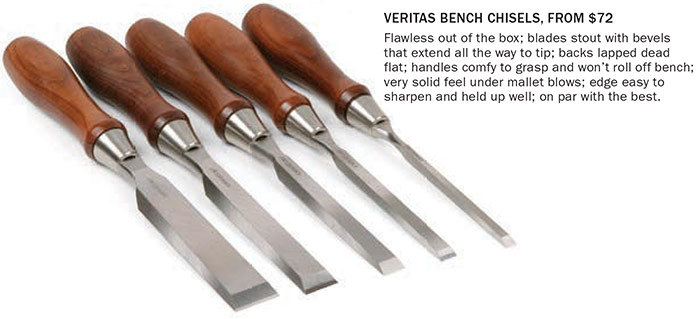
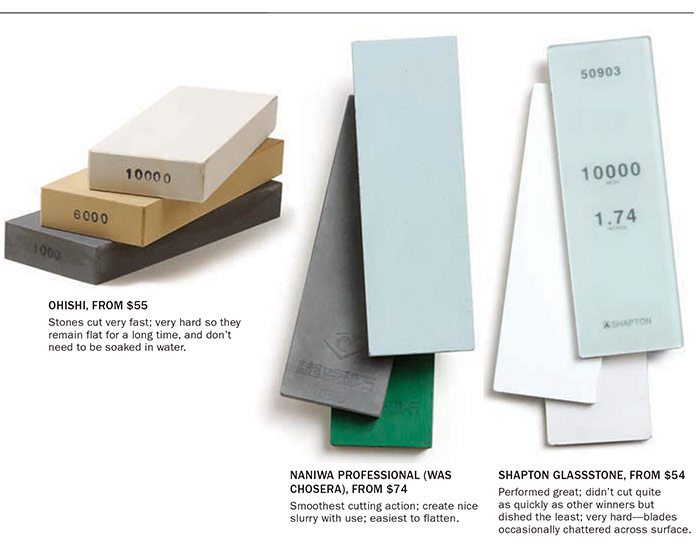
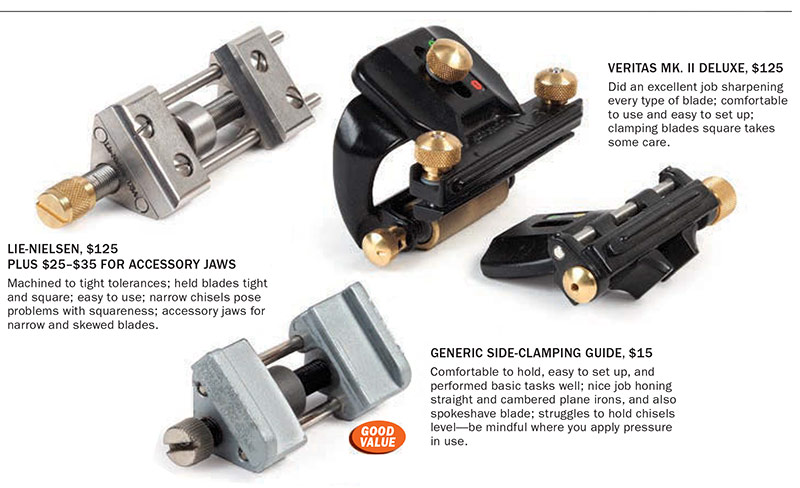






Comments
The waterstone test is from 2012 and the source (toolsfromjapan.com) that you list where to purchase the Sigma Power Ceramic, one of the brands rated "Best Overall," is no longer in business. Why would you include this in the 2020/2021 Hand Tool Buyer's Guide when the source for them is no longer available. So how does one go about purchasing the Sigma Power that you have rated so high?
I'm not sure where you're seeing that. Neither the stones or the source is included in this updated article.
I thought the same, I even wrote a comment with the same point.
When you view the following page (https://www.finewoodworking.com/2020/10/28/hand-tool-buyers-guide) it looks like that is the article. I was thinking why are they regurgitating reviews from the past 20 years, cheap skates.
Then I noticed the little 'view pdf ' link. Most sites these days put there articles as the main page, not a link to a pdf download.
I'm slowly getting used to how this site works and finding content I didn't know existed.
Log in or create an account to post a comment.
Sign up Log in